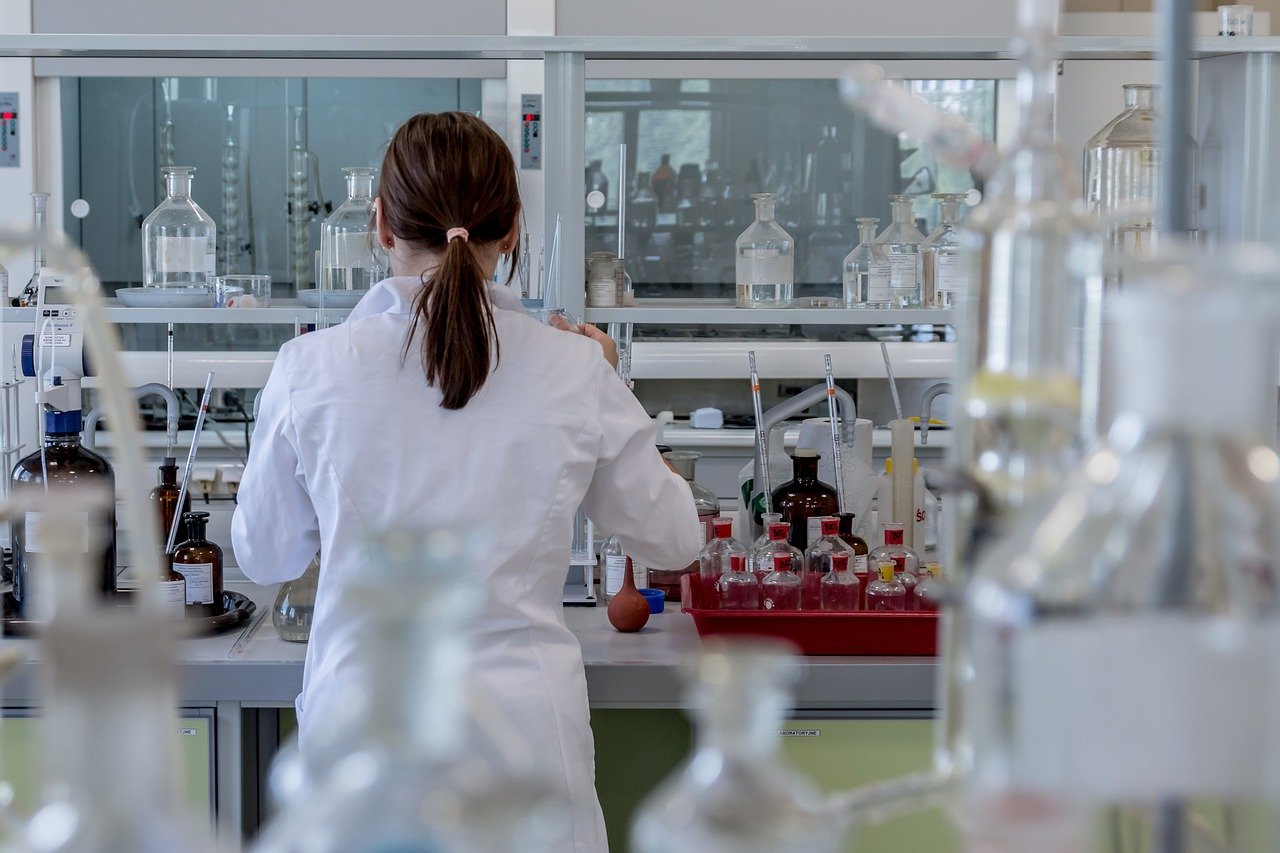There are so many different scientific terms out there but the problem is that they are usually used in a similar way. Moreover, most of the acceptable scientific descriptions keep being redefined and reinterpreted in different ways. However, these constant reinterpretations have led to multiple errors in scientific understanding. In order to reduce the number of errors, you must have a better understanding and awareness of these terminologies and use more of a cautious scientific method. This is also the case when it comes to understanding spectroscopy and spectrometry, which unlike what many people think, aren’t the same thing. So, if you want to avoid any confusion in the future, keep reading for a better understanding of spectrometers.
What Are Spectrometers?
A spectrometer is an instrument or device that is used to separate and measure spectral parts of a physical characteristic. This device is used to measure the wavelengths of light over an extension of the electromagnetic spectrum. There are many different types of spectrometers, and the ones that are most commonly used are the Optical spectrometer, Mass spectrometer, and Nuclear Magnetic Resonance, also known as NMR, spectrometer.
NMR Spectrometer
NMR or Nuclear Magnetic Resonance spectrometer is a device that analyzes the molecular structure of a certain material, and it also works on measuring and observing the reactions of the nuclear spins when they are placed in a strong magnetic field. If you find this information to be overwhelming and you are still a beginner then look for a guide that can answer your question of what is spectroscopy and what it really means as this will be very helpful and will make things a lot clearer. In order to analyze the structure of the molecules at an atomic level, there are certain tools that must be used like an electron microscope and X-ray diffraction. However, the NMR spectrometer has more advantages because the samples require less preparation and the measurement of the samples is not destructive. This type of spectrometer has become an essential tool in the different fields of science and technology, like food, chemistry, and battery films, to name a few.
Mass Spectrometer
A mass spectrometer creates various ions for the sample that is being investigated. Afterward, this method of measurement separates them as per specified mass to charge ratio, then it records the relevant amount of each of the different ion types. There are certain steps that should be taken like during the gas phase ions production, the compounds should be analyzed. The molecular ions also go through certain divisions, simply put every primary ion is taken from the ions of the molecules, so it goes through these divisions.
The ions undergo separation in the mass spectrometer based on their mass to charge ratio, and then they are determined according to their amounts. As a result, the molecules’ mass spectrum is produced. The mass spectrometer then shows the results in the shape of an ion abundance plot versus mass to charge ratio. Moreover, the ions give different kinds of
information about the composition of the former molecule.
Optical Spectrometer
An Optical spectrometer measures the light’s properties that are close to the optical area in the electromagnetic region such as infrared, ultraviolet, and visible light. There are certain changes that occur during the absorption and release of the wavelength with the light intensity, and this makes it easy for the materials to be identified. There are two ways to classify Optical spectrometers which are the wavelength way and the light interaction properties. The wavelength includes ultraviolet spectroscopy which measures how much light a sample can absorb which helps in deciding on the concentration of elements in the sample. Another method is the visible or VIS spectrometer, and it does the same job as the UV spectrometer. However, it does one thing differently which is using the visible light in the area that is most visible in the electromagnetic spectrum. The third method is the Infrared or IR which utilizes the organic molecules’ vibrational transitions using infrared light in order to identify materials in the IR spectra.
Spectrometers have so many usages like exploring space, analyzing respiratory gas in hospitals, characterizing proteins, and observing dissolved oxygen in freshwater. In addition to that, there are various types of medical devices that are incorporated with smartphone technology like ultrasound probes and eyes testing machines. This device uses the camera on the cellphone to determine the passing of light through the sample liquid. In other words, spectrometers have become an important part of the world of science and technology and they have surely made a huge impact in the last few years.






